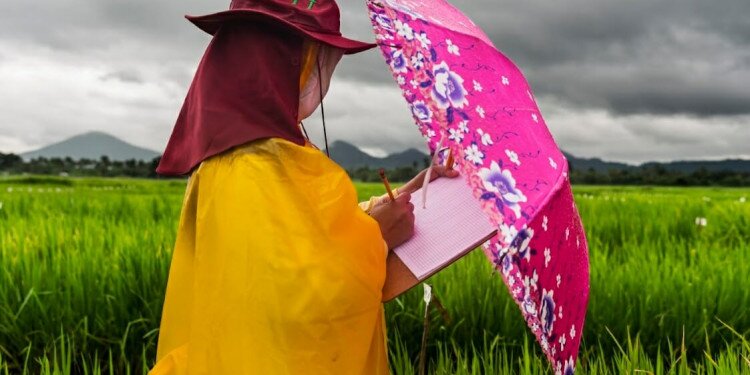Genebanks Secured from Threats: a Big Step Forward for Biodiversity

6 November 2021
In the bleak landscape of COP26 developments filled with blah-blah as Greta Thunberg so aptly put it, it’s good news to be able to report a concrete result: Serious emergency funding is finally on the way for genebanks. The Crop Trust and the Plant Treaty Secretariat announced the launching today of an Emergency Reserve to provide a financial lifeline to genebanks facing urgent threats to their precious contents. The Reserve, which is the first of its kind, will respond to urgent requests from genebanks in low- and middle-income countries to prevent catastrophic loss of their collections.
This is very good news for all of us – not just the developing world. The less crop diversity there is within our global food system, the more our food is vulnerable to the impacts of climate change and other challenges. Genebanks, where thousands of crop varieties are stored for the future, contain the diversity required to build a climate-resilient food system.
“The launch of the Emergency Reserve is a major step forward in our fight for a climate-resilient future for food”, said Stefan Schmitz, Executive Director of the Crop Trust. “Genebanks around the world are facing crises on multiple fronts, from extreme weather events to the global pandemic and political instability. It is clear that further action is needed to prevent these forces from causing the devastating impact of permanently losing invaluable crop diversity. The Emergency Reserve provides a solution to this, and will be a lifeline for genebanks.”
For decades, genebanks have been forgotten, relegated to the sidelines, the subject of attention only from a few – very few – bio-scientists who for most people looked very much like obsessed, crazed individuals pursuing incomprehensible objectives. And while some efforts had been made, middle and low-income countries were totally forgotten. In those places without any kind of funding and no interest from the “global north”, the only custodians of crop diversity were local farmers, generally small farmers, indigenous people living in remote places, still producing crops like their ancestors had done over the centuries.
